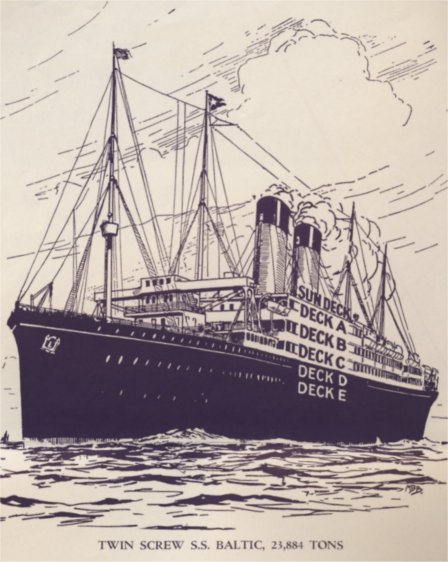Tourist Class: Majestic, 1932
Although it was primarily their magnificent first class public rooms which hit the headlines, Albert Ballin made sure that second class passengers were not neglected. His three enormous liners, as well as Cunard’s Aquitania, made significant advances in second class accommodation. There was an increased variety of public rooms compared to Olympic.
Their accommodation was not enough to impress Cunard’s naval architect Leonard Peskett, who wrote in 1913 that Imperator‘s second class public rooms were: ‘All a long way behind that arranged for Aquitania‘. He thought that the second class staterooms were of the same standard as other German liners ‘with the exception that all ceilings (in cabins that could be seen) are panelled’. He noted that the gymnasium was a ‘new feature’ in second class (White Star also added a gymnasium to Britannic‘s second class accommodation).
Nonetheless, Majestic‘s second class passengers had a smoking room and writing room available to them; a gymnasium; the main lounge and reading and writing room. These were facilities which were not necessarily available to first class passengers onboard liners a few years earlier. From the mid 1920s she carried second class passengers as well as tourist third cabin, but these classes were later merged to form a single ‘tourist class’. In 1932, a lavish brochure was printed to show off the tourist class passenger accommodation. The colour-coded deck plans showed all of the public rooms and stateroom accommodation available and are included in the new edition of RMS Majestic: The ‘Magic Stick’ which was released earlier this month.
Below: we see on the right the former second class public rooms in their tourist configuration and the dance floor added in the main first class companionway; to the left, the deckhouse with the large lounge further aft on B-deck was originally part of the third class accommodation; at the far left, we see part of the deck above and the veranda which was now available for tourist class passengers. (The deck designations are those used in the latter part of her career.)
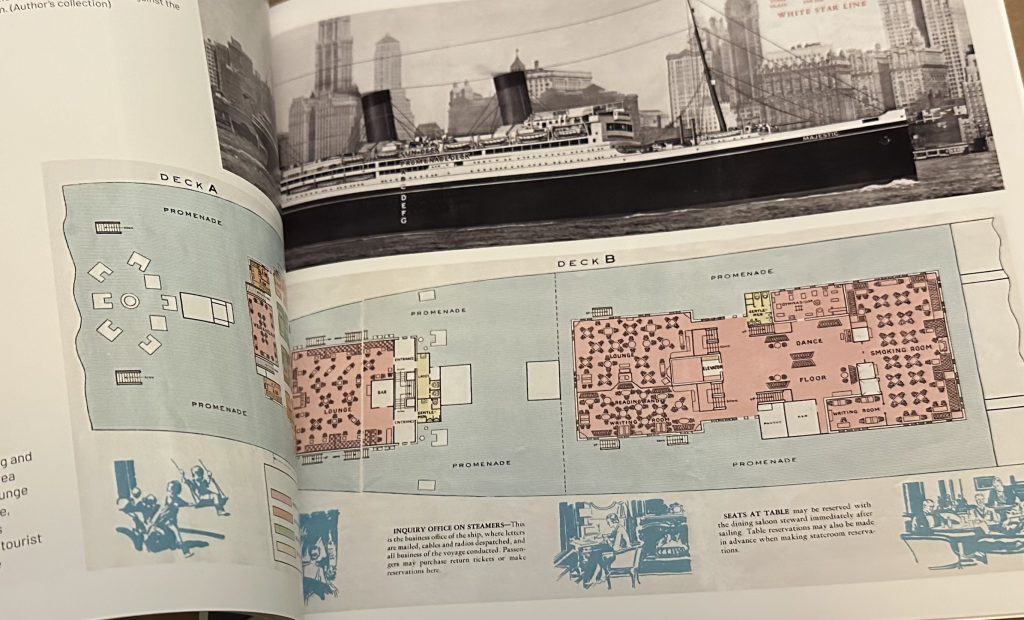



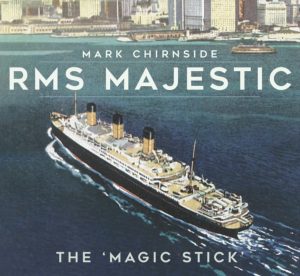
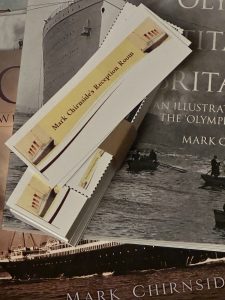


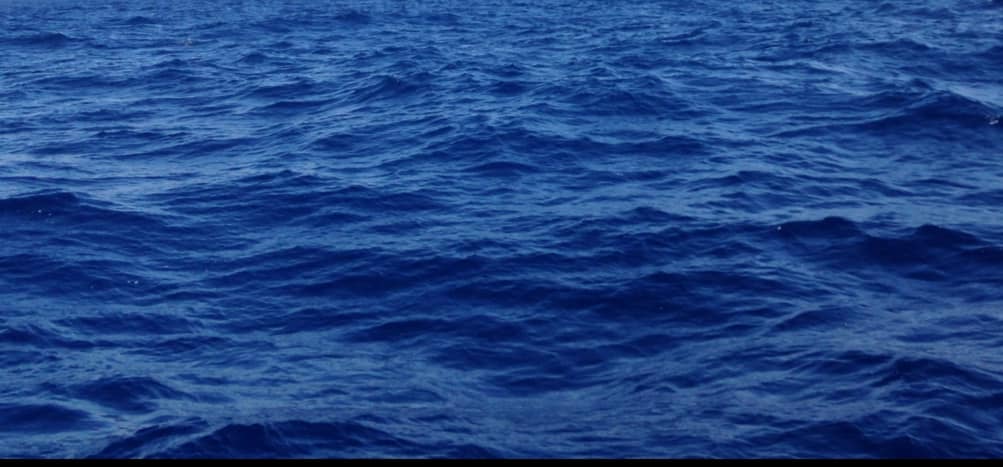


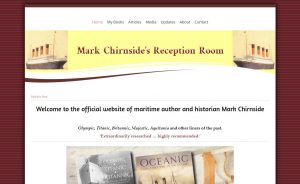 Mark Chirnside’s Reception Room has been overhauled to improve the user experience on mobile devices, make it easier to order books and generally refresh it for the 2020s. All credit for the work goes to
Mark Chirnside’s Reception Room has been overhauled to improve the user experience on mobile devices, make it easier to order books and generally refresh it for the 2020s. All credit for the work goes to 




